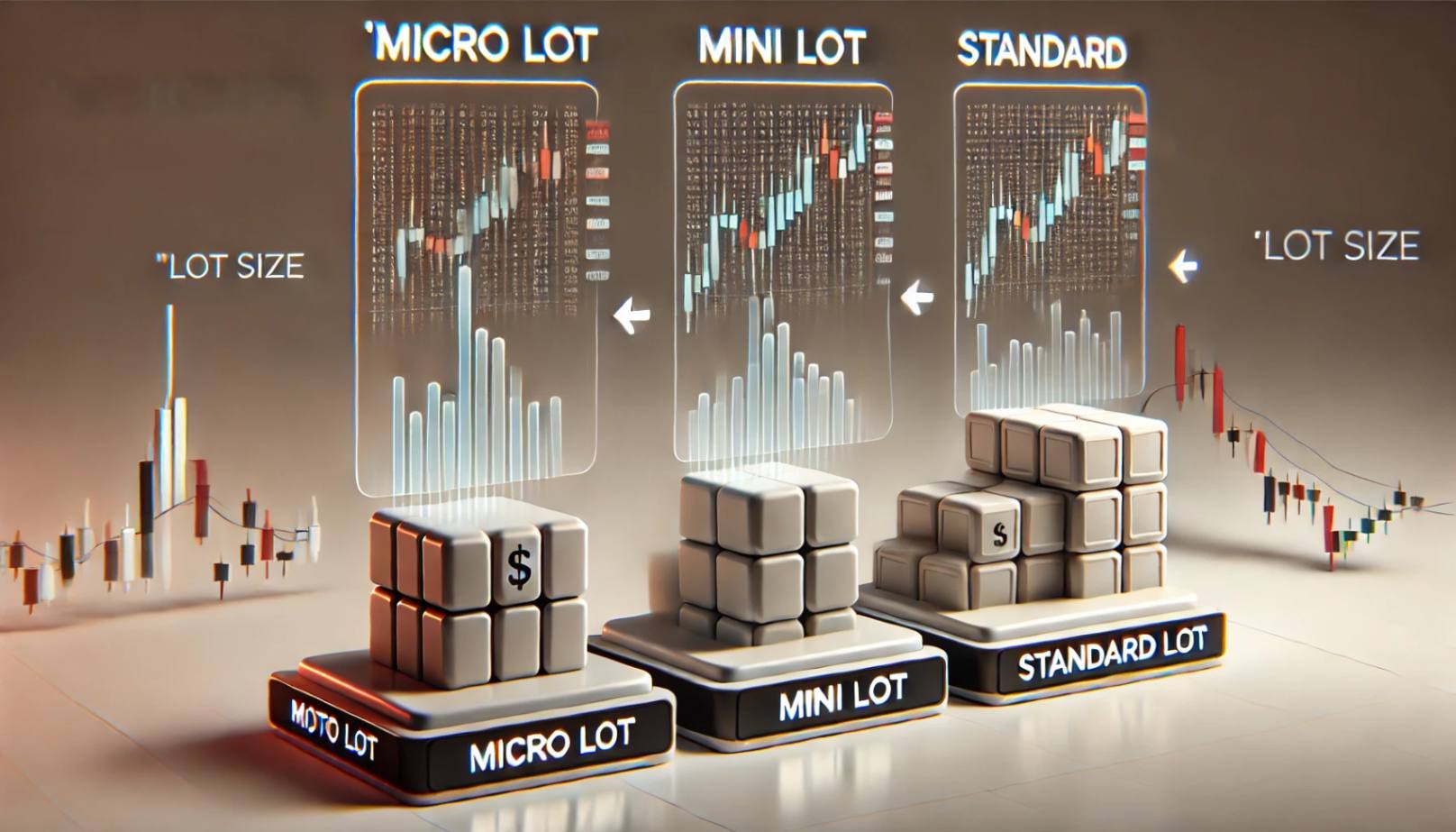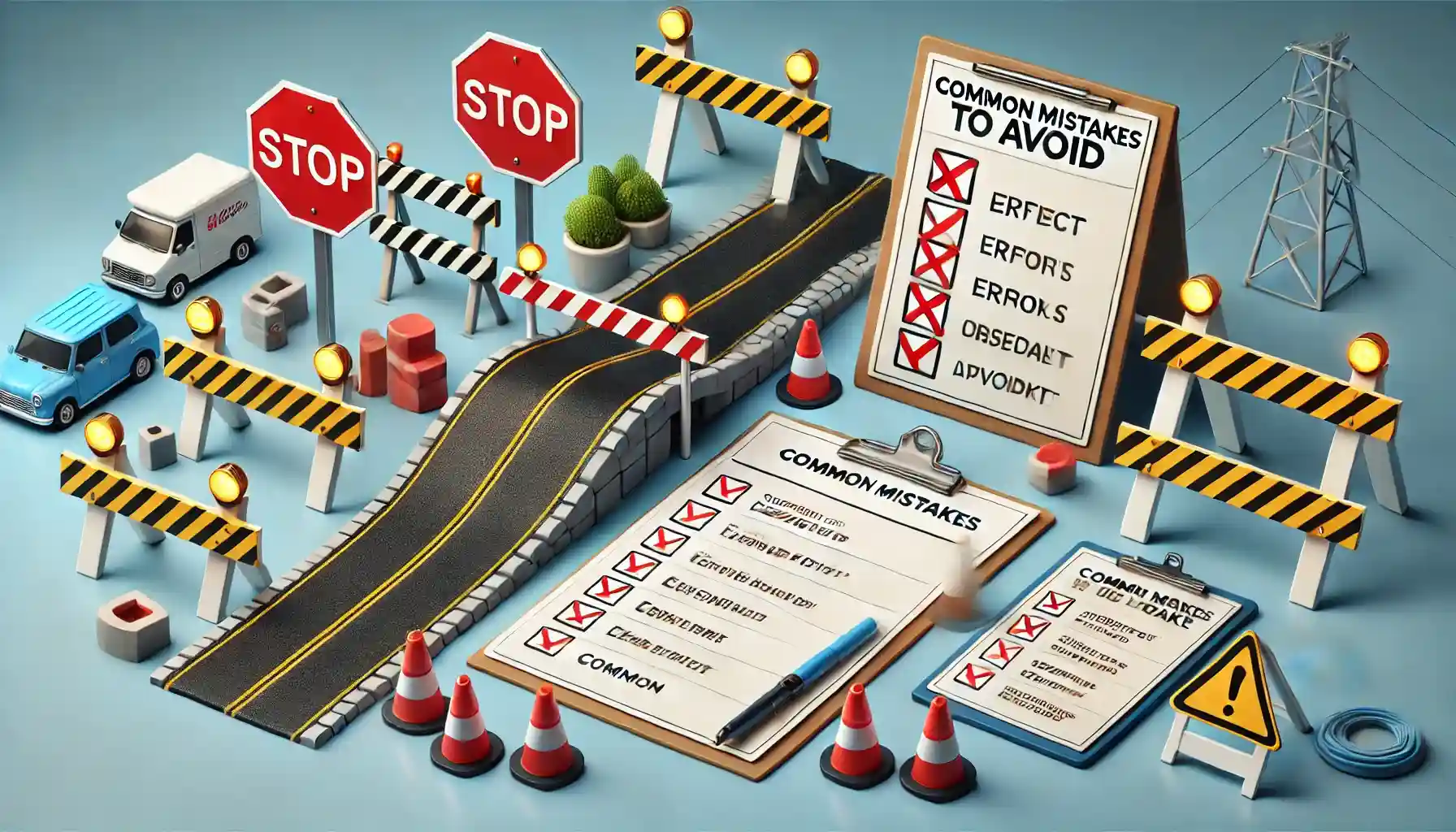Choosing the right lot size in forex trading can feel like navigating a maze. With all the numbers and calculations, it’s easy to feel overwhelmed. But let’s cut through the noise and get straight to the point: your lot size can make or break your trading experience. So, how do you decide on the right one? Let’s dive deep into the factors that can guide you in making an informed choice.
Understanding Lot Size Basics
Before we get into the nitty-gritty, let’s start with the basics. What exactly is a lot size? In forex trading, a lot is the standardized unit of a transaction. It’s how much of a currency you’re buying or selling. There are different types of lot sizes: standard, mini, micro, and nano. Each of these corresponds to a specific amount of the currency.

Standard Lots
A standard lot represents 100,000 units of the base currency. This is the big daddy of lot sizes and is typically used by professional traders or those with substantial capital. But be careful; while the potential for profit is high, so is the risk. If you’re not prepared, you could lose a significant amount of money in a short time.
Mini Lots
A mini lot is 10,000 units of the base currency. This is a popular choice for retail traders. It offers a good balance between potential profit and risk. If you’re just starting, mini lots provide a way to test the waters without diving in headfirst.
Micro Lots
A micro lot represents 1,000 units of the base currency. This lot size is perfect for beginners who want to get a feel for trading without risking too much. It’s also great for those who want to practice trading strategies with real money but at a low cost.

Nano Lots
A nano lot is 100 units of the base currency. It’s the smallest lot size available and is rarely offered by brokers. If you’re extremely risk-averse or just want to play around with tiny amounts, this could be an option. However, be prepared for minimal gains and losses.
Why Lot Size Matters
Now that we’ve covered the types of lot sizes, let’s discuss why this decision is crucial. The lot size you choose affects several aspects of your trading experience, including risk management, profit potential, and emotional well-being.
Risk Management
One of the most important aspects of trading is managing your risk. The larger your lot size, the more you’re risking with each trade. If the market moves against you, a larger lot size can result in more significant losses. On the flip side, if the market moves in your favor, you can make more money. It’s a double-edged sword.
Profit Potential
The lot size also directly impacts your profit potential. A larger lot size means that even small market movements can lead to significant gains. However, this comes with the caveat that losses can also be substantial. If you’re someone who can handle the stress and has a robust risk management plan, a larger lot size could be beneficial.

Emotional Well-being
Believe it or not, the lot size you choose can also affect your emotional well-being. Trading is not just about numbers; it’s also about psychology. A larger lot size can lead to heightened emotions, both positive and negative. While the thrill of a big win can be exhilarating, the stress of a big loss can be devastating. Choosing a lot size that aligns with your risk tolerance can help you maintain a level head.
Factors to Consider When Choosing Lot Size
So, how do you decide on the right lot size for you? There’s no one-size-fits-all answer, but here are some key factors to consider:
Account Balance
Your account balance is a critical factor in determining your lot size. As a general rule, you should never risk more than 1-2% of your account balance on a single trade. If you have a small account, a smaller lot size will allow you to make more trades and gain experience without risking too much capital.

Risk Tolerance
Are you a risk-taker or more conservative? Your risk tolerance plays a significant role in deciding your lot size. If you’re willing to take on more risk for the potential of higher rewards, you might opt for a larger lot size. Conversely, if you’re risk-averse, a smaller lot size will allow you to sleep better at night.
Trading Strategy
Your trading strategy also influences your choice of lot size. For example, scalpers who make many small trades throughout the day might prefer smaller lot sizes to manage risk. On the other hand, swing traders who hold positions for longer might opt for larger lot sizes to maximize profit potential.
Market Conditions
Market conditions can also affect your lot size decision. In volatile markets, smaller lot sizes can help manage risk, while more stable conditions might allow for larger lot sizes. Always consider the current market environment when making your choice.

The Role of Leverage
Leverage is a double-edged sword in forex trading. It allows you to control a larger position with a smaller amount of capital, effectively magnifying both gains and losses. While leverage can be beneficial, it also increases the risk. Always be cautious with leverage and understand how it impacts your lot size and overall risk.
How Leverage Affects Lot Size
Let’s say you have a $1,000 account and use 100:1 leverage. This means you can control a position worth $100,000 with just $1,000. If you choose a standard lot size, a 1% market move could wipe out your account. On the other hand, a micro lot would only result in a $10 loss. Leverage can significantly impact your risk, so use it wisely.
Common Mistakes When Choosing Lot Size
Choosing the right lot size isn’t always straightforward, and many traders make mistakes along the way. Here are some common pitfalls to avoid:
Overleveraging
One of the most common mistakes is overleveraging. This happens when traders use too much leverage and open positions that are too large for their account size. It’s a recipe for disaster. Always be mindful of the leverage you’re using and how it affects your lot size.

Ignoring Risk Management
Another common mistake is ignoring risk management principles. Some traders get caught up in the potential for big profits and forget about the risks involved. Always use stop-loss orders and never risk more than you can afford to lose.
Emotional Decision Making
Trading can be emotional, and emotions can lead to poor decisions. Whether it’s greed, fear, or excitement, letting your emotions dictate your lot size can be dangerous. Stick to your trading plan and make decisions based on logic, not emotions.
Tips for Choosing the Right Lot Size
Now that we’ve covered the basics and common mistakes, here are some practical tips to help you choose the right lot size:
Start Small
If you’re new to trading or trying out a new strategy, start with a smaller lot size. This allows you to gain experience and learn without risking too much capital.

Use a Demo Account
Before trading with real money, consider using a demo account. This allows you to practice choosing lot sizes and managing risk without any financial consequences.
Adjust as You Go
Your lot size doesn’t have to be set in stone. As you gain experience and confidence, you can gradually increase your lot size. Just be sure to always consider your risk tolerance and account balance.
Keep Learning
The forex market is constantly evolving, and so should your trading strategies. Stay informed and keep learning about new trading techniques, market conditions, and risk management practices.

Conclusion
Choosing the right lot size is a crucial aspect of forex trading. It impacts your risk management, profit potential, and emotional well-being. By understanding the different types of lot sizes and considering factors like your account balance, risk tolerance, and trading strategy, you can make informed decisions that align with your trading goals. Remember, trading is a journey, and finding the right lot size is a key step in that journey. So, take your time, do your research, and always trade responsibly.
FAQs
1. What is the best lot size for beginners?
For beginners, micro or mini lots are recommended. They allow you to gain experience with real money without risking too much capital.
2. How does leverage affect lot size?
Forex Leverage allows you to control a larger position with a smaller amount of capital, which can increase both potential gains and losses. It’s important to understand how leverage impacts your lot size and overall risk.
3. Can I change my lot size during a trade?
No, you cannot change the lot size of an open position. However, you can open additional positions with different lot sizes or close part of your position if your broker allows it.
4. Is it better to use a fixed or variable lot size?
It depends on your trading strategy and risk tolerance. Some traders prefer a fixed lot size for simplicity, while others adjust their lot size based on market conditions and risk management strategies.
5. How do I calculate the appropriate lot size for my account?
You can calculate the appropriate lot size by considering your account balance, risk tolerance, and the currency pair you’re trading. There are online calculators that can help with this, but always consider your overall risk management plan.
